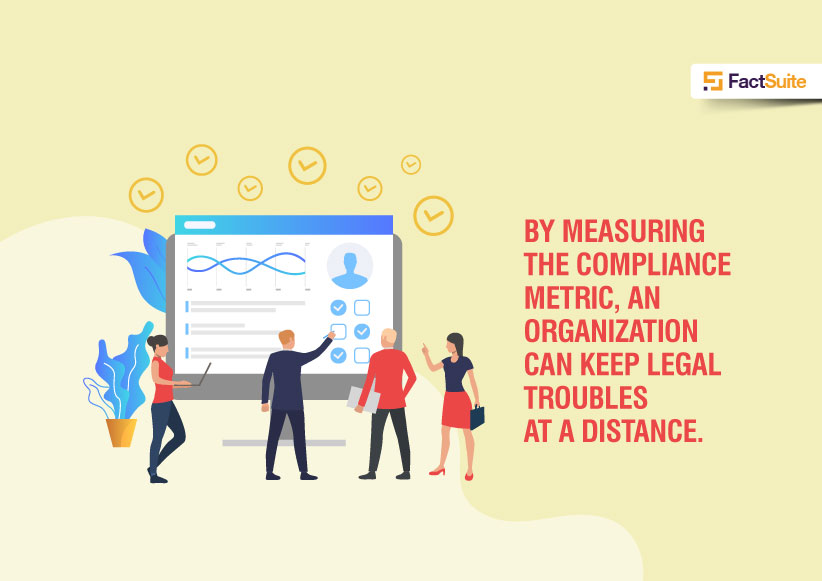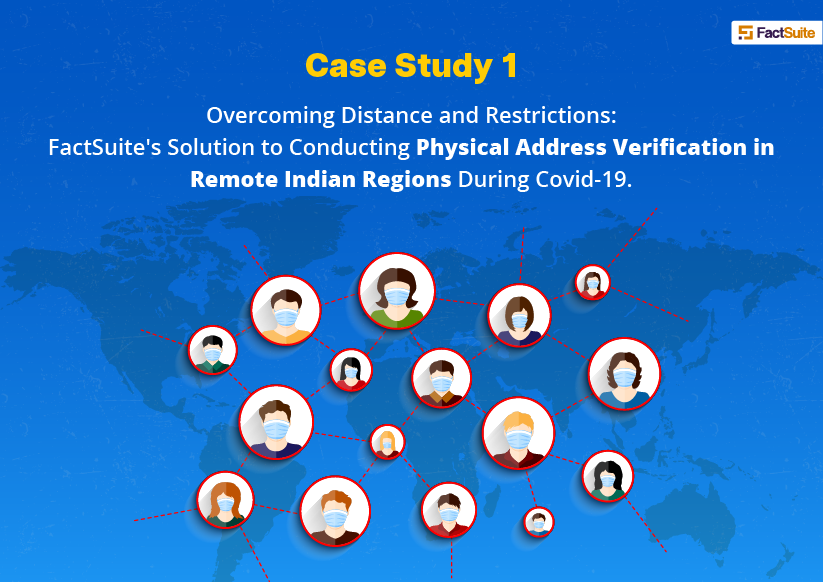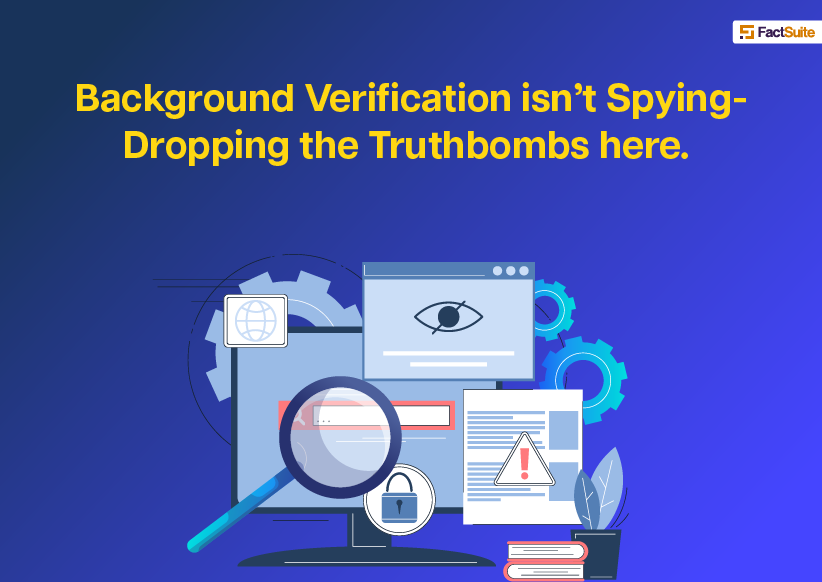How The New Telecom Act 2023 Shields Users from Privacy Violations

The Telecom Act of 2023 is a revolutionary piece of legislation that rewrites the rules of the game by empowering users, demanding transparency, and fostering a robust communication environment.
The Telecom Act 2023 marks a watershed moment in Indian telecommunications. It empowers users, demands accountability, and lays the foundation for a communication environment where privacy is not a privilege, but a fundamental right. Stay with us as we elucidate on how the new Telecom Act India is pro-user privacy.
The Essential Elements of the Act- A Quick Glance
1. Objective:
Replace the Indian Telegraph Act, 1885, and the Indian Wireless Telegraphy Act, 1933, consolidating telecommunications regulations.
2. Authorization:
Central government authorization needed for network establishment, services provision, and radio equipment possession.
3. Spectrum Allocation:
Auction for spectrum, with administrative assignment for specified entities and purposes.
4. Interception and Suspension:
Allowed on grounds of security, public order, or offense prevention.
5. Right of Way:
Mechanism for telecom infrastructure right of way in public and private areas.
6. User Protection Measures:
Central government empowered to enforce measures like message consent and do not disturb register.
7. Key Issues:
- Procedure and safeguards for interception at central government discretion.
- Concerns about mass surveillance and privacy rights violation.
- Lack of procedural safeguards for search powers.
- Biometric verification requirement may breach privacy rights.
- Broad telecommunication services definition may include internet-based services.
- Regulatory functions centralized, unlike other sectors.
- Government's authority to modify offenses through notification; debate on parliamentary involvement.
Significant Changes in the Telecommunications (Amendment) Bill: A Breakdown
1. Authorisation for Telecom Activities:
The Telecom Act India, transforms the authorization process for telecom activities, replacing the licensing framework under the Indian Telegraph Act, 1885. Now, central government authorization is mandatory for providing telecommunication services, operating networks, and possessing radio equipment. Existing licenses retain validity, offering continuity for their granted period or up to five years if unspecified.
2. Spectrum Assignment:
A pivotal change is the shift to spectrum allocation through auctions, with exceptions for specific purposes such as national security and disaster management. Administrative allocation will be employed in these cases. The central government gains authority for reassigning frequency ranges and permitting spectrum sharing, trading, leasing, and surrender.
3. Interception and Search Powers:
The Telecom Act India, significantly broadens interception and search powers. While the Indian Telegraph Act, 1885, had rules for interception, the new legislation grants wider authority. Officers authorized by the central government can now conduct searches for unauthorized telecom network or equipment, lacking specified procedural safeguards.
4. User Protection Measures:
To address evolving telecom services, the Bill introduces comprehensive user protection measures in its privacy policy. The central government is empowered to enforce protections, including obtaining prior consent for specific messages and creating mechanisms for reporting malware. Entities must establish online grievance mechanisms to enhance transparency and accountability.
5. Right of Way for Telecom Infrastructure:
Recognizing the importance of laying telecom infrastructure, the Telecom Act India, introduces provisions for entities to seek a right of way over public and private properties. This aims to streamline and facilitate non-discriminatory and non-exclusive access to the right of way, aligning with changing infrastructure development dynamics.
6. TRAI Appointments:
The Bill amends the TRAI Act to change appointment criteria. Individuals with a minimum of 30 years of professional experience can now serve as Chairperson, and those with at least 25 years can become members. These changes ensure leadership positions are filled by individuals with substantial industry experience.
7. Digital Bharat Nidhi:
Continuing from the previous legal framework, the Bill retains the Universal Service Obligation Fund, renaming it "Digital Bharat Nidhi." Beyond its original purpose, the fund is expanded to encompass research and development initiatives in the telecommunications sector, reflecting a forward-looking approach.
8. Offences and Penalties:
The Bill introduces a comprehensive framework for defining and penalizing various telecom-related offences. It specifies criminal and civil offences, granting the central government authority to modify offences in the Third Schedule through notifications. The legislation addresses issues like exceeding the specified number of Subscriber Identity Modules (SIM cards), imposing penalties for non-compliance.
Consumer-Centric Developments in the Telecom Landscape
The Telecommunications (Amendment) Act brings several benefits to consumers under its privacy policy, emphasizing enhanced protection of their data and privacy.
1. Enhanced Data Protection:
The Telecommunications (Amendment) Act is anticipated to introduce stricter provisions aimed at bolstering the protection of user data. These measures seek to empower users with increased control over the collection and utilization of their personal information, aligning with contemporary privacy expectations in the digital age.
2. Stricter Consent Requirements:
A notable aspect of the Act includes the likely introduction of more rigorous consent requirements for data collection by telecom service providers. This signifies a pivotal shift towards granting users heightened control over how their personal data is accessed and used, reinforcing the importance of informed consent.
3. Robust User Protection Measures:
The Act incorporates user-centric measures, such as obtaining prior consent for specific messages and the establishment of a Do Not Disturb register. These provisions are designed to empower users, providing them with effective tools to manage and control unwanted communications, including advertising messages.
4. Mechanisms for Reporting Malware:
Addressing the growing concern of cybersecurity, the Act introduces mechanisms for reporting malware or objectionable content. This proactive approach enhances the overall safety and security of digital communication, ensuring that users have avenues to report and mitigate potential threats.
5. Stronger Penalties for Violations:
The Act brings about a significant change by introducing more robust penalties for civil and criminal offences in the telecom sector. This not only acts as a deterrent against potential malpractices but also reinforces the accountability of telecom service providers, thereby fostering consumer confidence.
6. Transparent Grievance Redressal Mechanism:
Entities providing telecom services will be required to establish an online mechanism for user registration and grievance redressal. This transparent system ensures prompt addressing of consumer concerns, contributing to a more responsive and accountable telecom ecosystem.
The Business Implications of the Telecom (Amendment) Act
The Telecom (Amendment) Act introduces pivotal privacy policy changes for businesses in the telecom sector, necessitating a closer look at the specific adherence obligations and the potential challenges that might arise.
1. Adherence Obligations:
- Authorization Processes: Stricter authorization processes mandate businesses to obtain prior approval from the central government for telecommunication activities, network operations, and radio equipment possession.
- Data Protection Measures: Enhanced data protection measures require businesses to implement robust safeguards for user data, ensuring compliance with prescribed standards and transparent grievance redressal mechanisms.
- Spectrum Allocation: Businesses must adapt to the new spectrum allocation approach through auctions, except for specified uses. This entails strategic planning for spectrum acquisition and compliance with administrative allocations for specific purposes like national security and disaster management.
2. Challenges and Adjustments:
- Consent Requirements: Adapting to the Act's stricter consent requirements may pose challenges in aligning existing data collection practices. Establishing a comprehensive and user-friendly consent mechanism becomes imperative.
- Spectrum Strategy: Adjusting strategies for spectrum acquisition poses challenges, particularly with the shift to auctions. Businesses need to navigate this change while ensuring optimal spectrum utilization for their operations.
- Innovation and Compliance Balancing Act: Striking the right balance between compliance obligations and fostering innovation can be challenging. Businesses must innovate within the framework of the Act, ensuring adherence to regulations while staying competitive.
3. Benefits of Adherence:
- Enhanced Cybersecurity: Adhering to the Act's provisions contributes to enhanced cybersecurity through the implementation of data protection measures, safeguarding user information from potential threats.
- Consumer Trust and Reputation: Proactive compliance fosters consumer trust by signalling a commitment to ethical conduct and data protection.
- Proactive Compliance: Businesses gain a competitive edge by proactively complying with the Act, reinforcing their commitment to consumer interests and ethical practices.
- Swift Grievance Resolution: Transparent mechanisms for grievance resolution contribute to building and maintaining positive market reputations, showcasing businesses as consumer-centric entities.
- Compliance-Driven Innovation: While compliance introduces challenges, it also provides opportunities for innovation. Businesses can view the Act as a catalyst for enhancing systems and practices, positioning themselves for success in a dynamically regulated environment.
A Comparative Look at Telecom Act 2023 for User Privacy
While the Telecom Act 2023 brings much-needed advancements to India's digital landscape, examining its provisions through a global lens offers valuable insights into how different regions are tackling user privacy in the digital age. Let's embark on a comparative journey, exploring similarities and differences in privacy policy with key pieces of legislation across the globe:
1. User Control and Opt-Out Mechanisms:
- Similarities: Like the EU's General Data Protection Regulation (GDPR) and California's Consumer Privacy Act (CCPA), the Indian Act empowers users with opt-out options for specific messages, offering a degree of control over their communication channels.
- Differences: However, India's framework lacks the comprehensive data rights of GDPR (e.g., access, rectification, portability) and CCPA's opt-in requirement for certain data sharing practices.
2. Interception and Surveillance:
- Similarities: Like many countries, India allows interception under specific circumstances (national security, public safety, etc.). However, unlike the UK's Investigatory Powers Act, the Indian Act lacks independent oversight for such activities.
- Differences: Compared to stricter provisions in Germany's Telecommunications Act, the Indian Act offers less transparency and clarity around interception procedures and safeguards, raising concerns about potential for abuse.
3. Biometric Verification and Privacy Concerns:
- Similarities: India's mandatory biometric verification requirement finds echoes in countries like China and Thailand, raising similar concerns about data collection and potential for misuse.
- Differences: Unlike countries like Sweden, Finland, and Estonia, which emphasize voluntary and proportionate use of biometrics, India's mandatory approach poses a greater risk to user privacy and requires careful implementation with robust safeguards.
Prospects and Future Trajectory of the Telecom Act 2023
The Telecom Act 2023 casts a long shadow over India's digital future, its impact rippling far beyond the present day. As technology gallops forward, the Act's provisions will need to keep pace, evolving to embrace artificial intelligence, next-generation networks, and the ever-expanding realm of the Internet of Things. This technological advancement holds both promise and peril.
- For Users, The Act Could Blossom into A Shield: It promises to strengthen privacy rights and offer greater control over personal data. But this utopian vision hinges on the Act's adaptability. Robust safeguards, independent oversight, and international convergence are key ingredients for weaving a truly secure digital tapestry.
- Service Providers Stand at a Crossroad: While compliance costs might initially pinch, embracing privacy-centric development and building user trust could unlock unexpected doors. Secure data services and innovative solutions designed with privacy in mind could become their competitive edge in a market increasingly aware of its digital rights.
- The Road Ahead Is Not Without Its Bumps: The digital divide threatens to widen if equitable access to privacy tools and knowledge isn't prioritized. And, ultimately, the Act's success rests on the active engagement of all stakeholders – users, providers, and the government. Through informed discussions, proactive engagement, and a shared commitment to user privacy, we can ensure that the Act's future impact shapes a digital landscape where both empowerment and protection flourish.
The Telecom Act 2023 is not a fixed monument, but a dynamic bridge between today and tomorrow. By peering into the digital crystal ball, we can prepare for the challenges and seize the opportunities this evolving framework presents.































































































































































